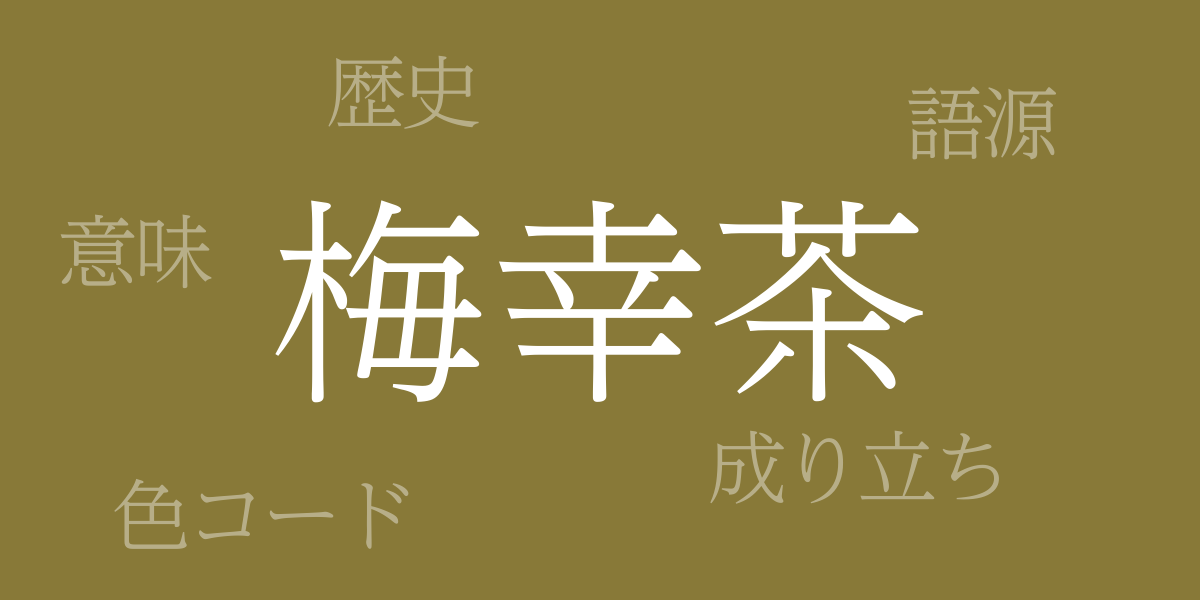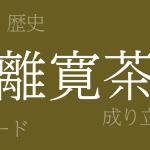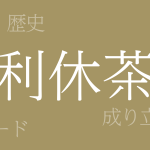Japan’s traditional colors, renowned for their unique beauty and deep history, are beloved worldwide. Among them, “Baikoucha” (梅幸茶 – ばいこうちゃ) captivates many with its warm hue. This article explores the allure of Baikoucha, delving into the secrets of its color, its history, and its contemporary role.
About Baikoucha (梅幸茶 – ばいこうちゃ)
Baikoucha (梅幸茶 – ばいこうちゃ), a traditional Japanese color, features a soft greenish-brown hue. The name derives from the season when plum flowers bloom, suggesting happiness and tranquility, offering solace with its subdued tones. Used in kimonos, Japanese paintings, and even modern designs, Baikoucha serves a wide array of purposes.
The History of Baikoucha
Baikoucha has a long history dating back to the Edo period. Initially favored by nobility and samurai, it was deemed suitable for prestigious occasions. Over time, its beauty spread to the common folk, cementing its place as a traditional Japanese color.
Baikoucha Color Codes
To accurately reproduce Baikoucha in digital design and printing, color codes are essential. Below are the codes for this color:
- HEX: #887938
- RGB: R:136 G:121 B:56
- CMYK: C:55 M:52 Y:92 K:4
Western Name for Baikoucha
The western name for Baikoucha is “Plum Luck Tea.” This translation, implying luck and comfort, resonates with the color’s connotations of fortune and pleasantness. It is also familiar in international design circles by this name.
Conclusion on Baikoucha
As its name suggests, Baikoucha represents Japan’s traditional aesthetics and the transient nature of seasons. Continuously cherished through history, its appeal remains undiminished today. Remembering Baikoucha’s color codes and Western name enhances accurate color reproduction and international understanding. Incorporating Japan’s traditional colors into design projects continues to exude unique allure globally.

























